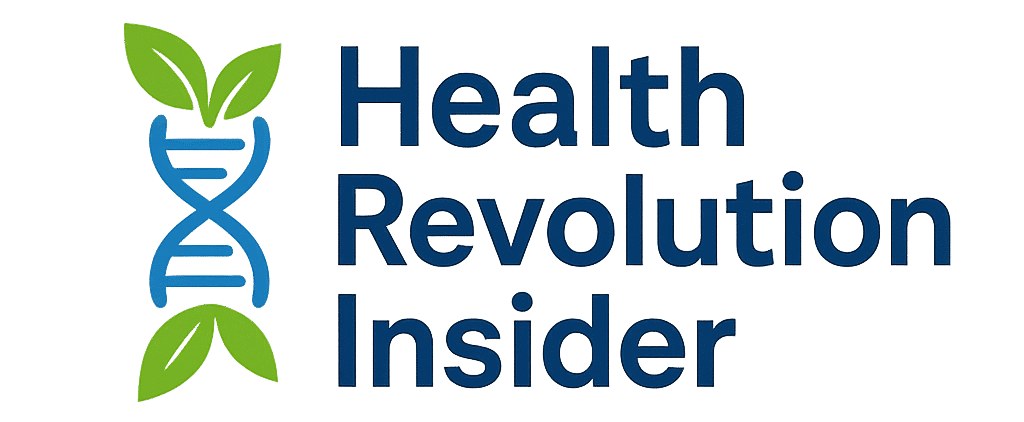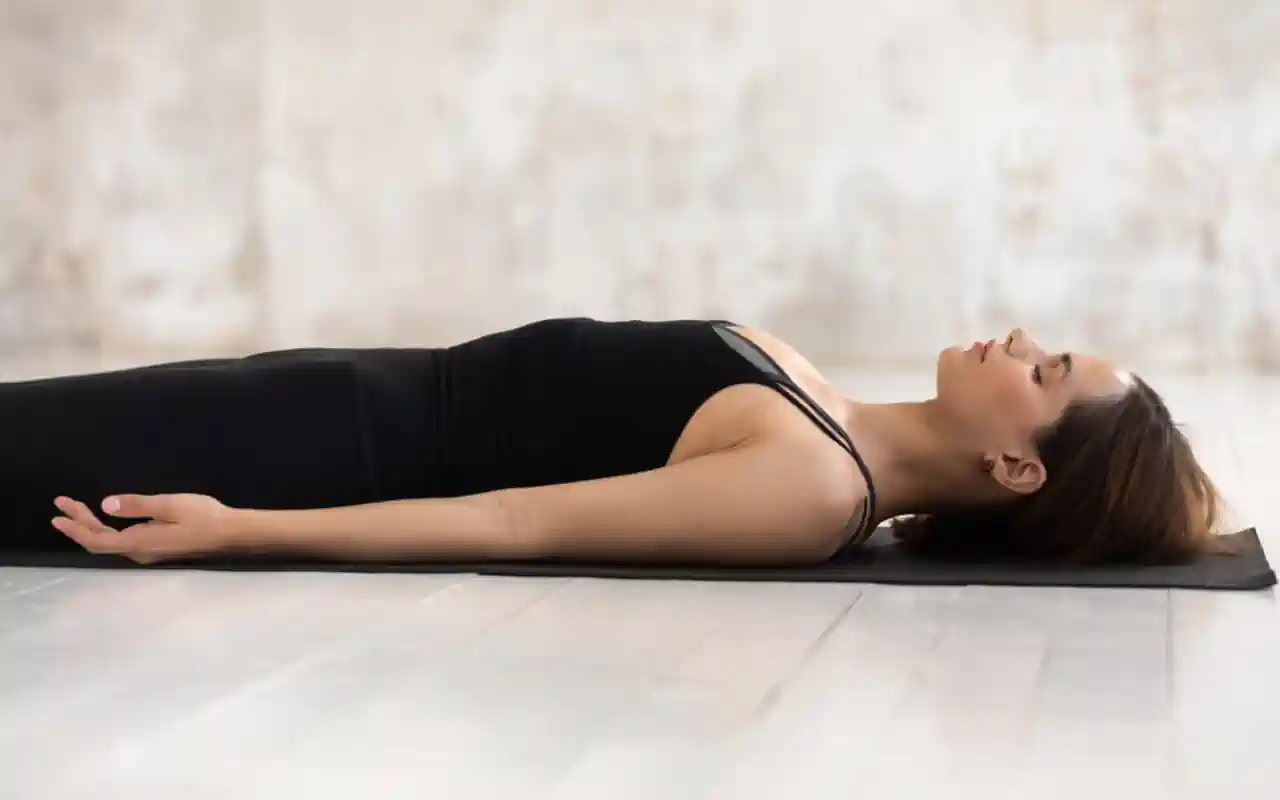Progressive Muscle Relaxation (PMR), a therapeutic technique developed by Dr. Edmund Jacobson, takes center stage in the pursuit of a healthier and more balanced lifestyle. In the midst of our fast-paced lives, where stress and tension often seem insurmountable, mastering the art of relaxation becomes a profound skill. PMR, with its systematic approach to releasing tension and promoting overall well-being, becomes a beacon of tranquility in the chaos. Join us on this exploration of Progressive Muscle Relaxation mastery, where we unravel the layers of its technique and discover how it can be a transformative force in enhancing our physical and mental health.
The Mastery Process of Progressive Muscle Relaxation
- Learning the Basics: Before diving into the mastery of PMR, it’s essential to grasp the basics. Find a quiet and comfortable space, sit or lie down, and become aware of your breathing. Start by tensing and then slowly releasing tension in each muscle group, beginning with your toes and working your way up to the head.
- Consistent Practice: Mastery comes with consistent practice. Schedule dedicated time for PMR in your daily routine. As with any skill, the more you practice, the more proficient you become. Consider integrating PMR into your morning or bedtime routine for optimal results.
- Mindful Awareness: To master PMR, it’s crucial to cultivate mindful awareness. Pay attention to the sensations as you tense and release each muscle group. This heightened awareness not only enhances the effectiveness of the technique but also promotes a deeper connection between your mind and body.
- Progressive Muscle Relaxation Script:
- Start with Deep Breathing: Begin by taking a few deep breaths. Inhale slowly through your nose, allowing your lungs to fill with air. Hold for a moment, and then exhale slowly through your mouth. As you breathe out, release any tension you may be holding.
- Toes and Feet: Focus on your toes. Curl them tightly for a count of five, feeling the tension in the muscles. Now, release the tension, letting the muscles relax completely. Pause for a moment, feeling the difference between tension and relaxation. Move your attention to the arches of your feet, tense for a count of five, then release. Feel the relaxation spreading.
- Calves and Shins: Direct your attention to your calves. Tighten the muscles in your calves for a count of five, then release, allowing the tension to melt away. Move to your shins, tense, and release. Feel the soothing wave of relaxation.
- Knees and Thighs: Tighten the muscles around your knees, hold, and then release. Shift your focus to your thighs, tensing and then letting go. Feel the warmth and relaxation enveloping your legs.
- Buttocks and Hips: Tense the muscles in your buttocks and hips, and then release. Allow any lingering tension to dissipate as you let go completely. Feel the support of the surface beneath you.
- Abdomen: Focus on your abdomen. Inhale deeply, allowing your belly to rise, and then exhale slowly, feeling the tension release from your abdomen. Notice the gentle rise and fall with each breath.
- Hands and Forearms: Move your attention to your hands. Make fists, holding for a count of five, and then release. Extend this tension and release to your forearms. Feel the stress leaving your hands and arms.
- Shoulders: Lift your shoulders towards your ears, creating tension, and then let them drop, releasing any stress. Feel the weight lifting from your shoulders as they relax.
- Neck: Gently tilt your head forward, feeling the stretch in your neck. Hold briefly, then bring your head back to a neutral position. Release any remaining tension in your neck.
- Face and Jaw: Scrunch your face for a count of five, then release. Move your focus to your jaw, allowing it to relax. Part your lips slightly, letting go of any clenching.
- Final Relaxation: Take a moment to scan your body from head to toe. Notice the sensation of relaxation. Enjoy this state of calmness and stillness for a few moments.
- Slowly Return: When you’re ready, slowly bring your awareness back to the present. Wiggle your fingers and toes. Open your eyes, feeling refreshed and rejuvenated.
- Customization for Personal Needs: While the traditional PMR sequence is effective, don’t hesitate to customize the technique to suit your individual needs. Identify specific muscle groups where you tend to hold tension and incorporate them into your routine. Personalizing the practice ensures that it addresses your unique stressors and promotes a more tailored relaxation experience.
Benefits of Progressive Muscle Relaxation Mastery
- Stress Reduction: PMR is renowned for its stress-reducing benefits. By systematically releasing tension in the muscles, individuals can experience a profound sense of relaxation, alleviating the physical and mental strain caused by daily stressors.
- Improved Sleep Quality: Incorporating PMR into your bedtime routine can significantly improve sleep quality. As the muscles relax, the body enters a state of calmness, making it easier to transition into a restful sleep.
- Enhanced Emotional Well-being: The mind-body connection fostered by PMR contributes to enhanced emotional well-being. Regular practice can help manage anxiety, reduce symptoms of depression, and promote a more positive outlook on life.
Progressive Muscle Relaxation is a valuable tool for those seeking a healthier and more balanced lifestyle. By mastering the art of relaxation through consistent practice, mindful awareness, and customization to individual needs, individuals can experience the multitude of benefits that PMR offers. As we navigate the challenges of modern life, Progressive Muscle Relaxation stands as a beacon of tranquility, guiding us towards a more relaxed and fulfilling existence.

